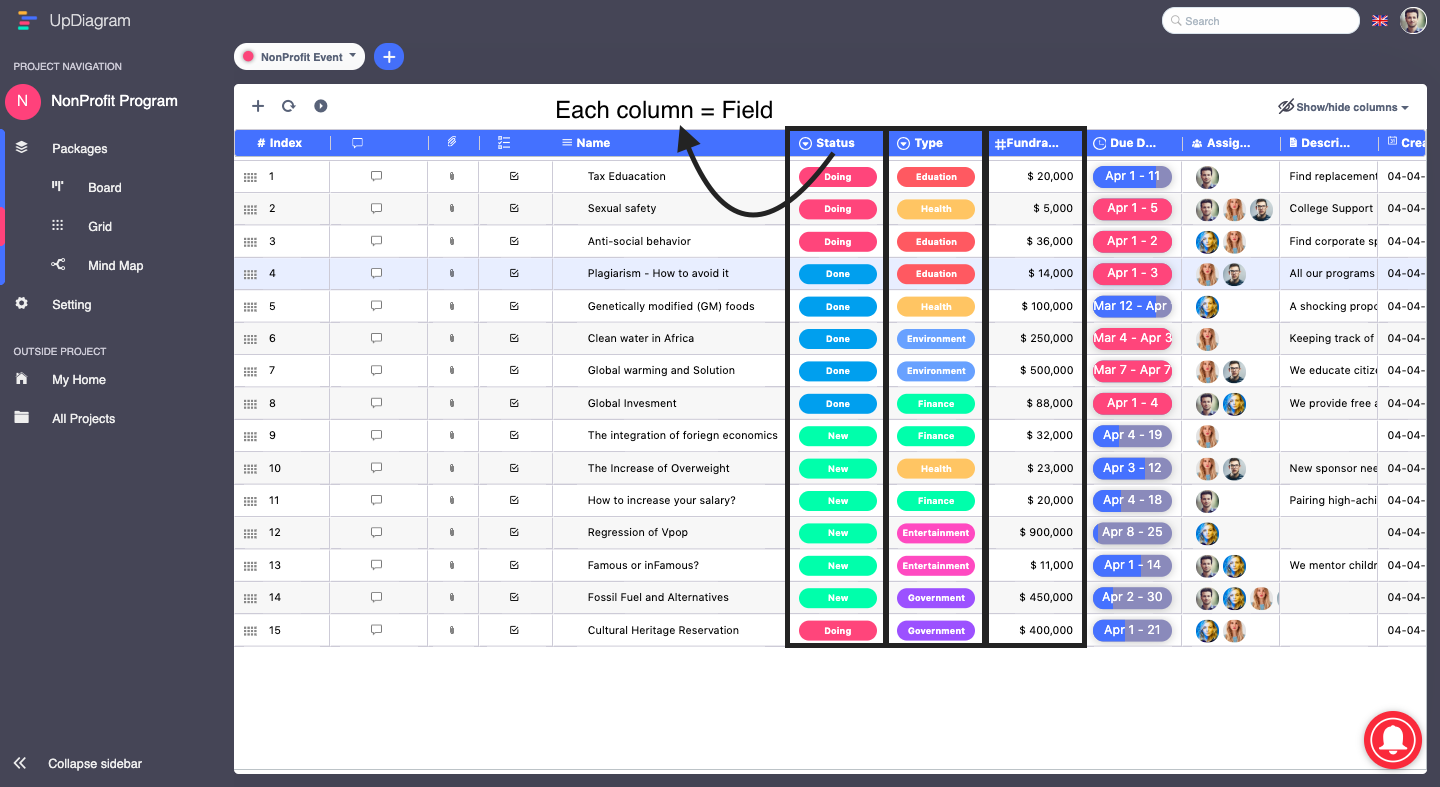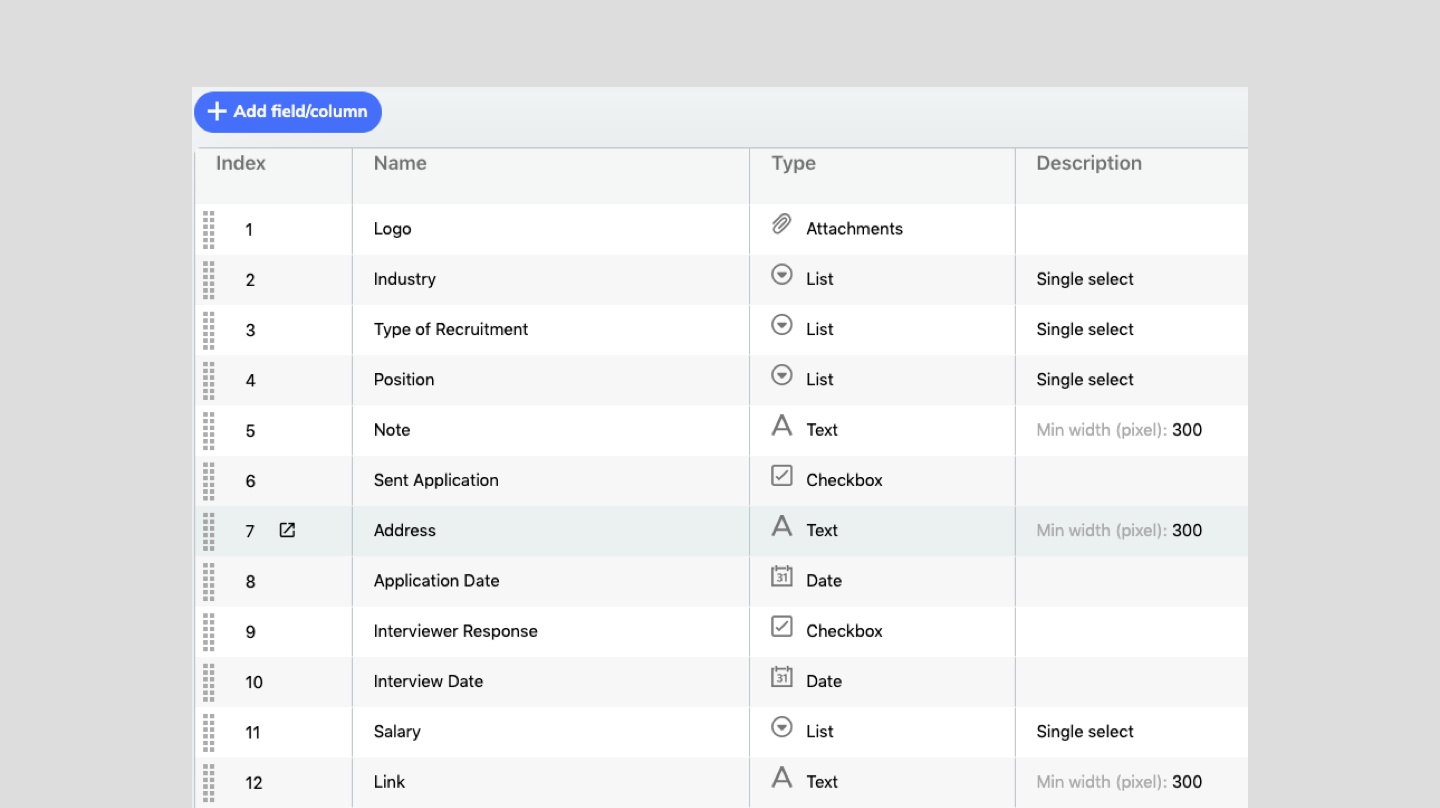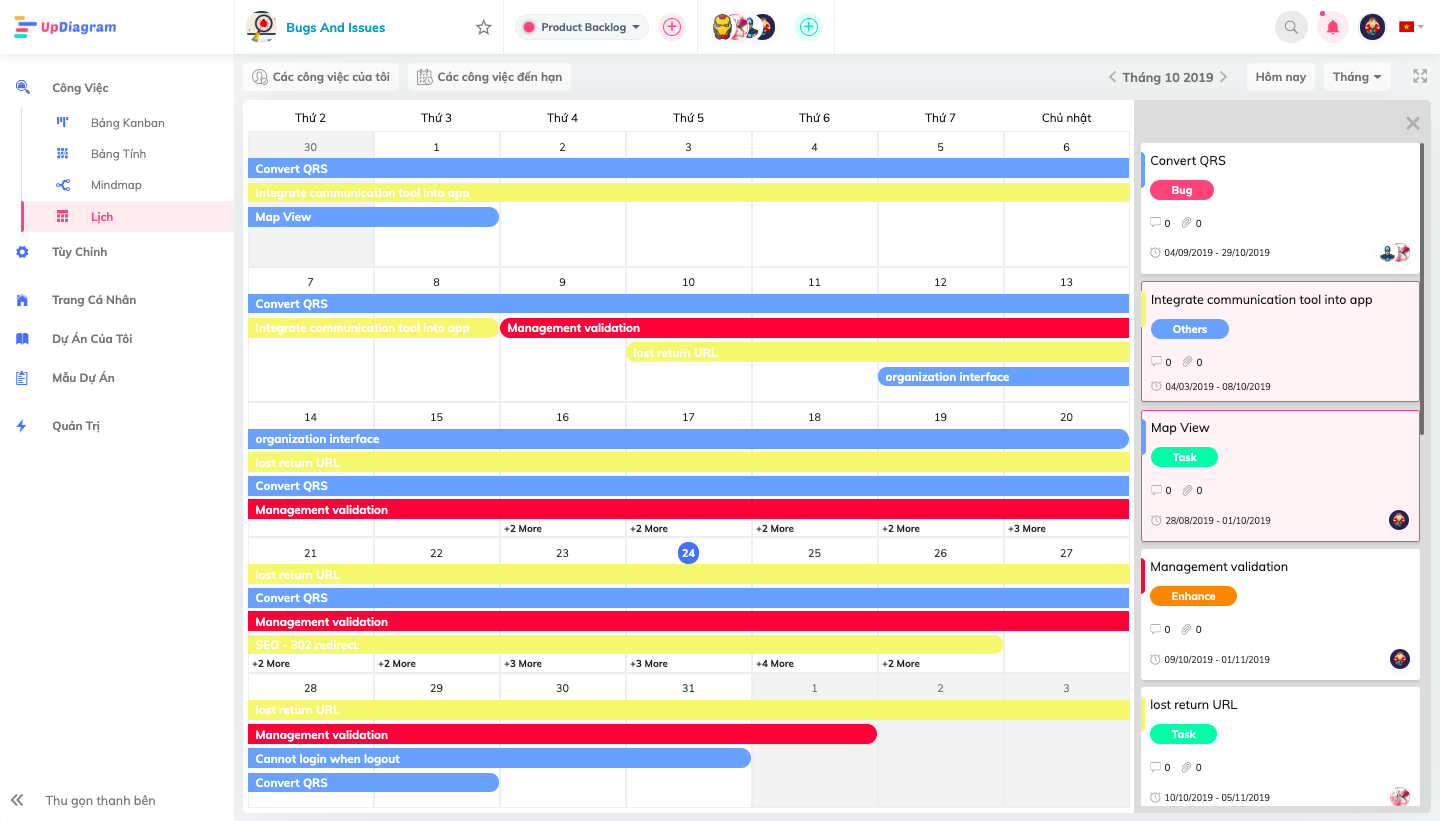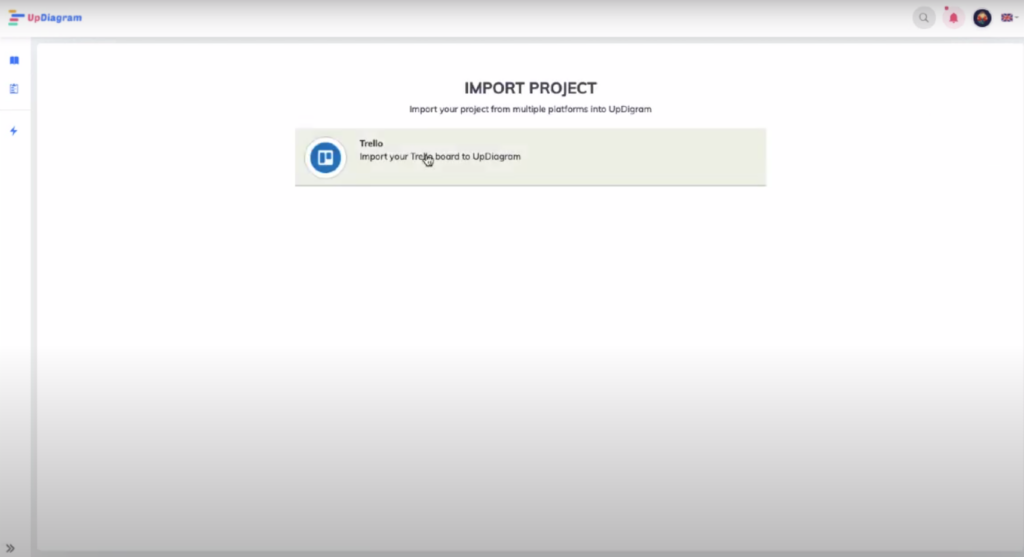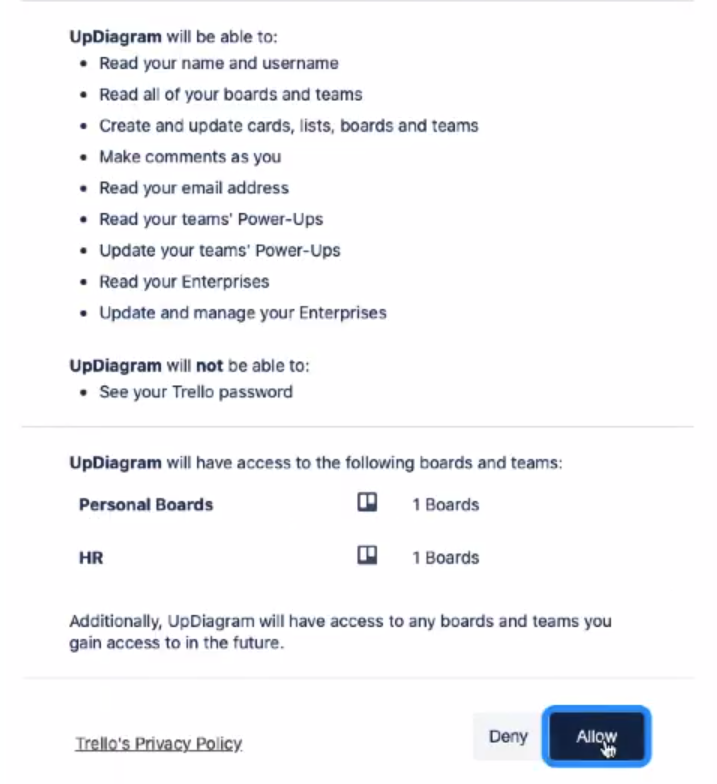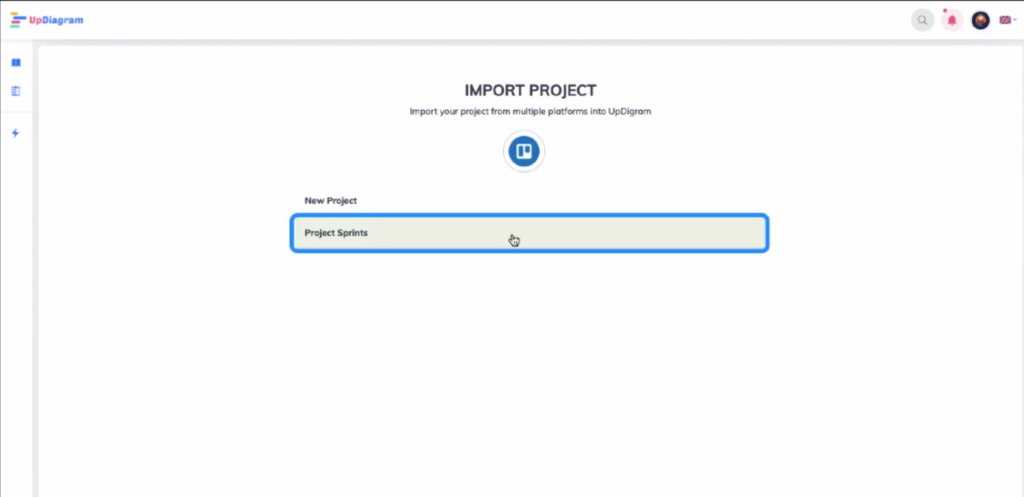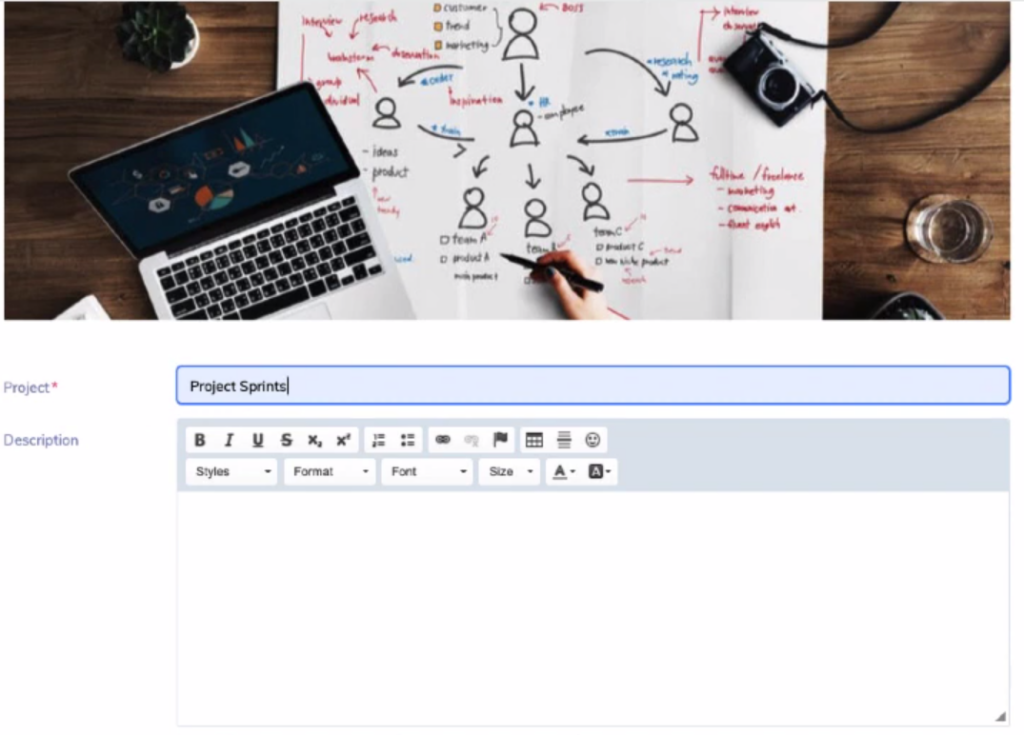Among many British proverbs, there is a very beautiful saying about communication: “Communication skills are an important tool. important in the pursuit of your goals, whether with your family, colleagues, or clients”. Indeed, if success is the destination of everything, then communication is the vehicle that helps you reach your destination faster, as well as succeed more easily. Communication is very important everyone has their communication skills, but do you think you have done it well? The following articles are some tips to improve your communication skills.
In communication sessions, especially in the corporate environment when every individual has the right to hold and voice that opinion. But if you can’t hold your point of view, don’t understand the point of view of the audience, then you will be deflected from their point of view. Each point of view always needs to be heard and respected, if you do that to the other person, they will do the same to you.
Protect your point of view, avoid personal conflicts. Words are always offensive, if you can’t control your emotions, let unnecessary anger appear, and have direct conflicts, then this communication has no meaning. Therefore, if you want to communicate well, and you want to convey your thoughts and arguments to others, you should clearly define your views and the others involved in the communication.
2. Determining the content of communication
Similar to the point of view of communication, determining the content of the communication is extremely important in conversations. The content of communication will be based on the point of view of communication, but at the same time, the content of communication will be the tool that gives the outcome of the talk. Even if your point of view is good, but the content you say is not true, if the content doesn’t convincing, it will certainly not be understood.
Effective communication content needs to be simple and easy to understand, avoiding lengthy or rambling content. Stick to your point of view, but don’t hurt or provoke the opinions of others. The content of communication with a friendly and cheerful mood will create a good effect for the communication session.
3. Language factors
Good communication content will need appropriate language elements. Depending on the type of content, people need to determine the appropriate words, sentences, etc. You need to practice well how to use tone to suit the situation. Your intonation will determine the attitude of the other person. Speaking softly, faltering, and lacking confidence will make it difficult for you to communicate. You should practice speaking, loudly, and firmly.
For fun conversations with colleagues, just use comfortable words, and create a friendly atmosphere. When going to meet customers, it will be a professional language….
Depending on the type of need, we have different intonation, tone, and vocabulary. Prepare a good amount of vocabulary to be able to create effective communication.
See the language learning route management template!
4. Non-verbal factors
Probably everyone is too familiar with non-verbal elements, it is present in all dialogues and sometimes it doesn’t need to be dialogue, non-verbal elements are shown through many different aspects. However, it is still as important a factor as language.
Photo by Brooke Cagle on Unsplash
Practice expressing emotions and things to say through your eyes. Eyes can show many things, such as sympathy, understanding, or even confidence, etc. In addition, the element of clothing also helps you a lot in communication. First, dressing appropriately for the situation will make you more confident in front of others. Then it shows your affection and respect for the object of communication.
5. Using software that allows communication between employees to take place
With the need to “work from home” increasing, colleagues, project teams have difficulty in geography and it affects communication. communicate and exchange information with each other. Therefore, management tools have communication functions such as comments, job descriptions, … as well as the ability to integrate communication software such as Slack, Rocket chat, Zalo, …
This is a type of technique. An essential function in the 4.0 era when communication becomes difficult due to the covid 19 epidemic still exists. When the traditional working environment will gradually change to a digital working environment. UpDiagram will solve and improve communication problems during this pandemic season. Improving communication during the pandemic will be extremely simple when you know UpDiagram.
Read more about the changing working environment!
Communication skills are an important thing that individuals in a company should improve daily. For personal views, you should keep your stance, respect the views of your colleagues, use language as well as body language in a subtle, profound, and clear way. More importantly, the ongoing pandemic is extremely unpredictable, so understanding and improving the usability of software like UpDiagram is also improving communication skills, helping businesses succeed.
For expert advice, leave an email with UpDiagram or contact support@updiagram.com directly for support. We will be with you every step of the way.
